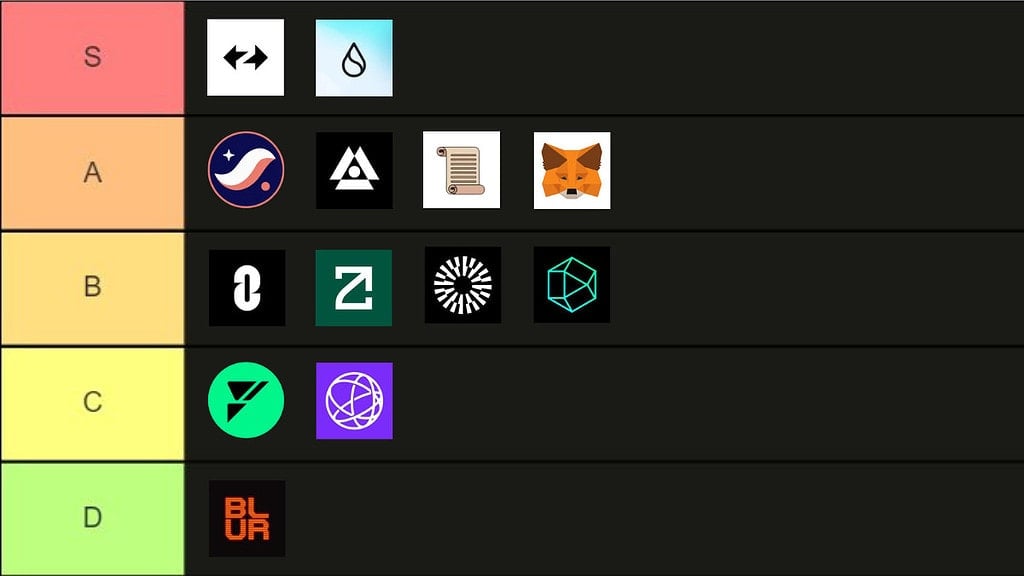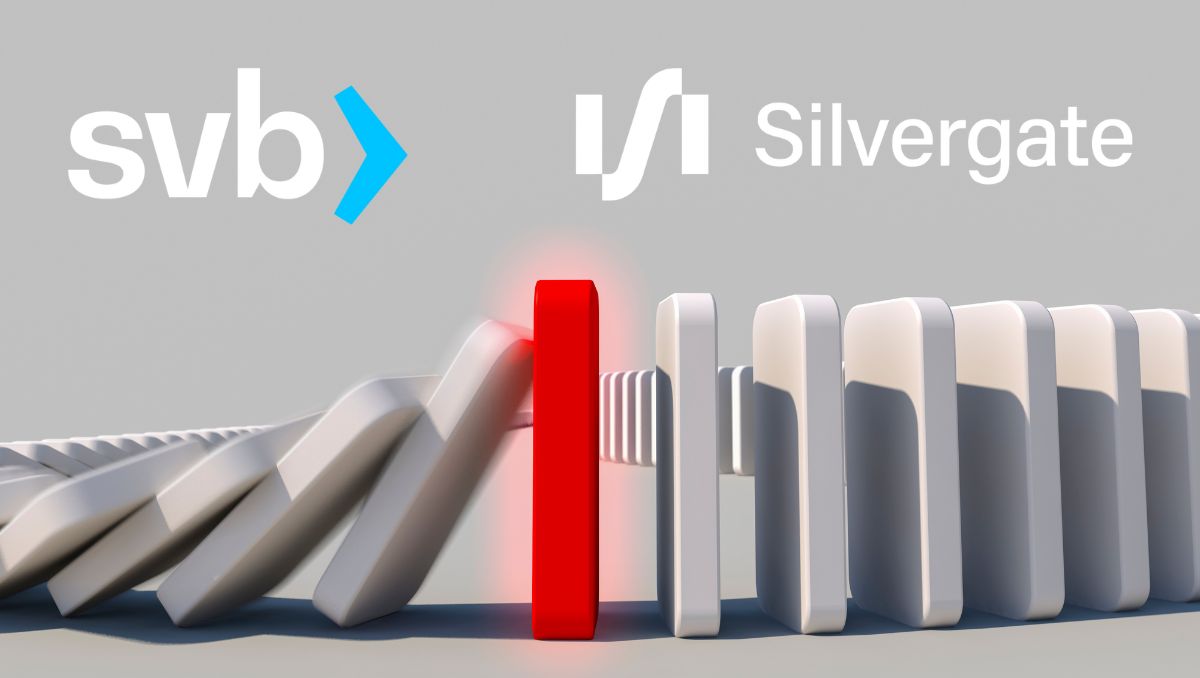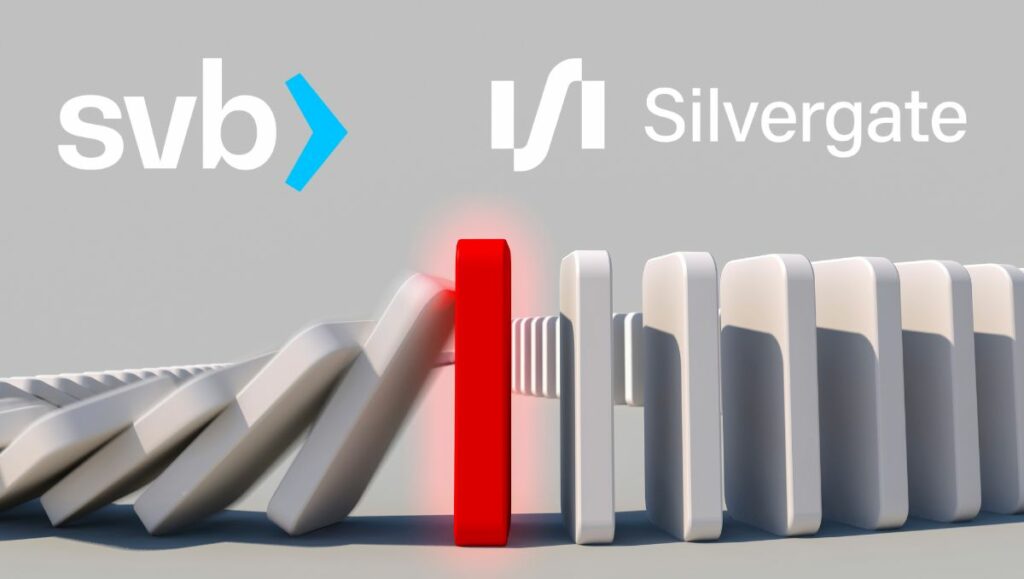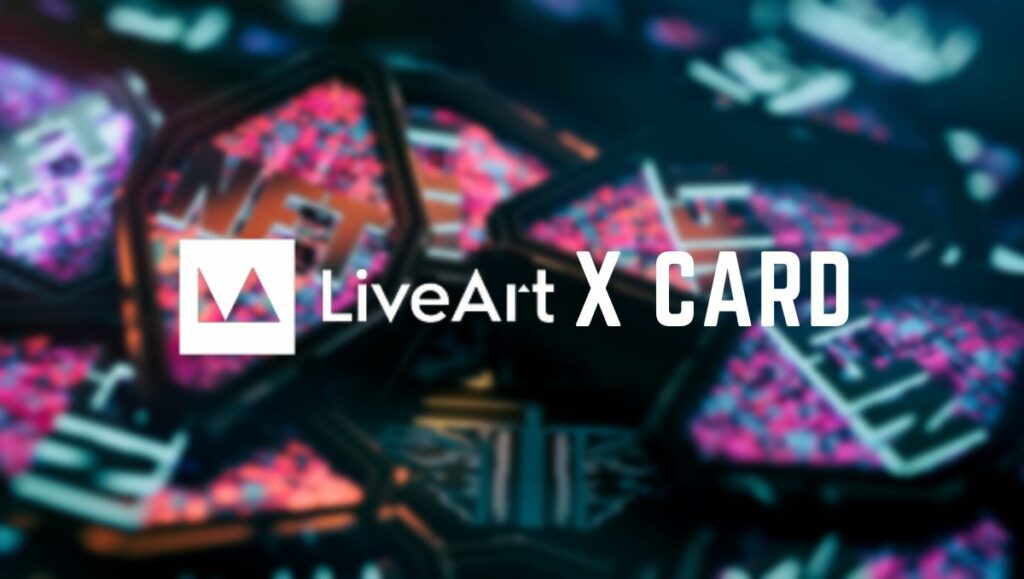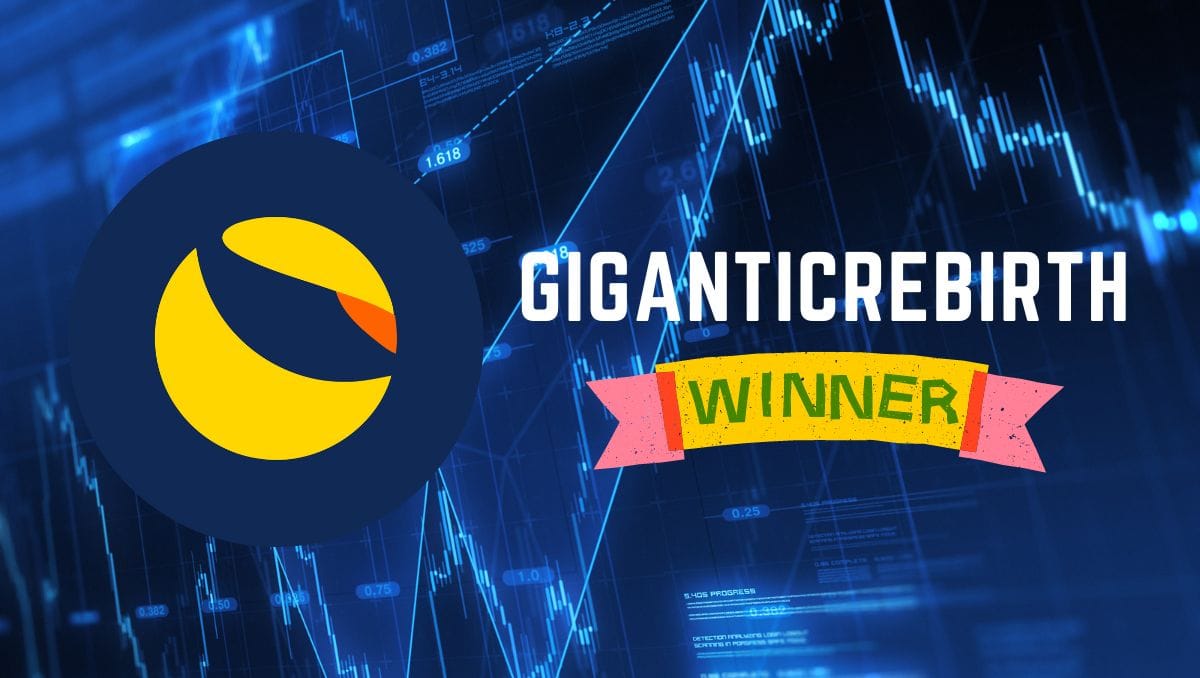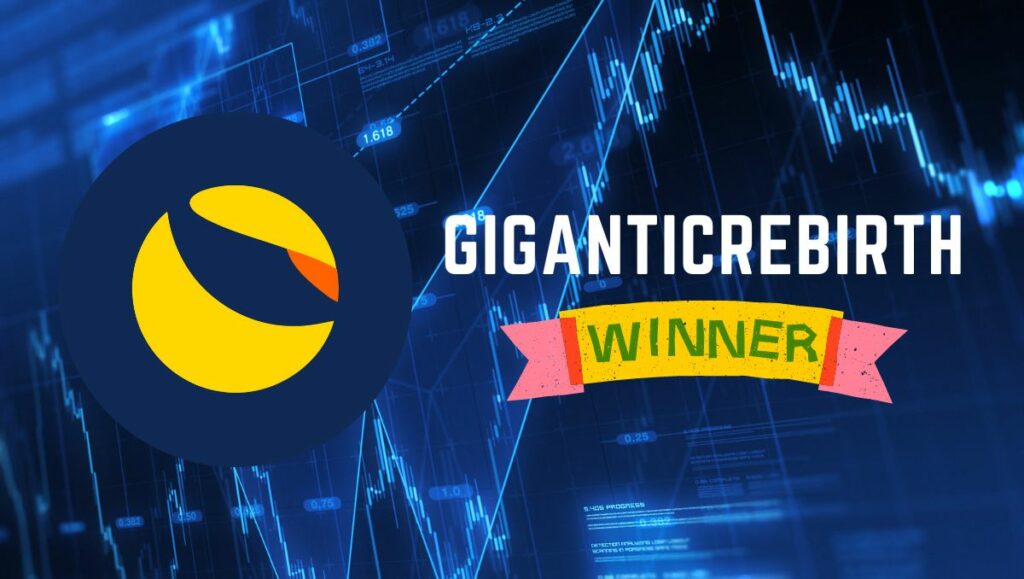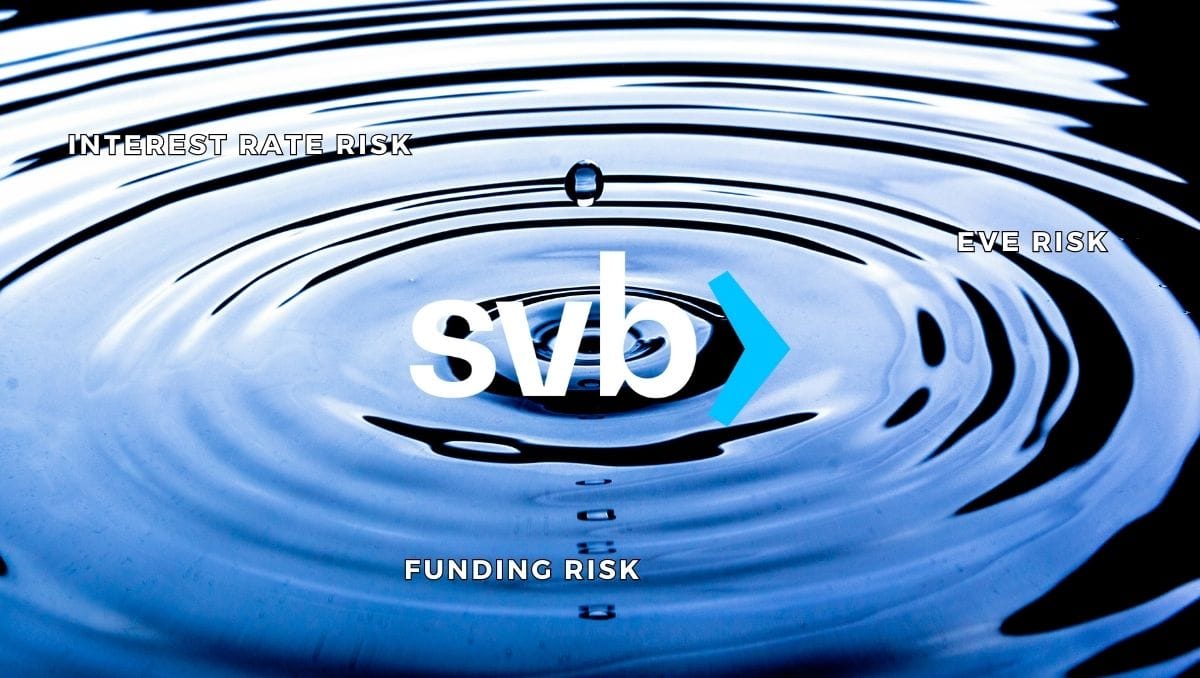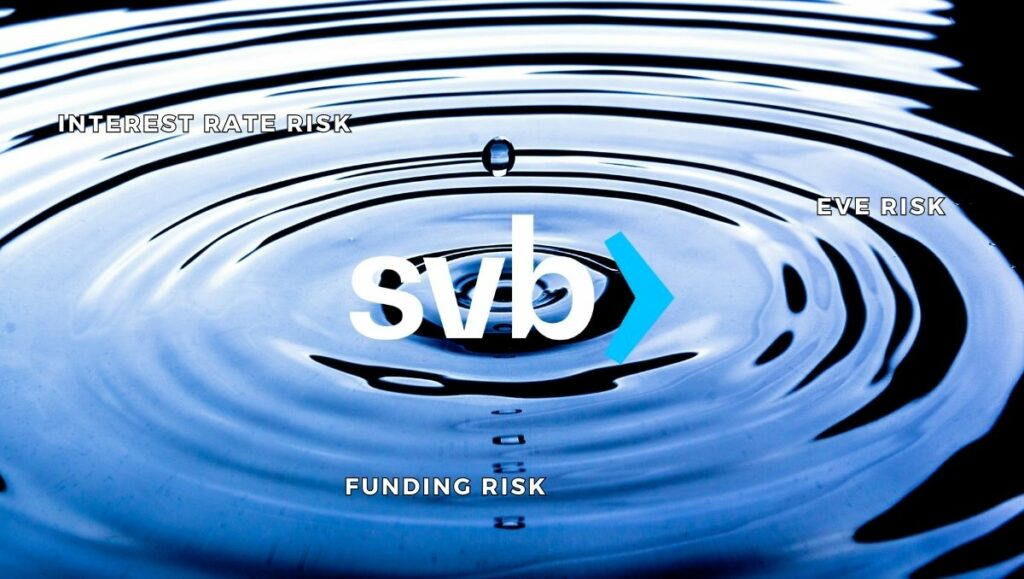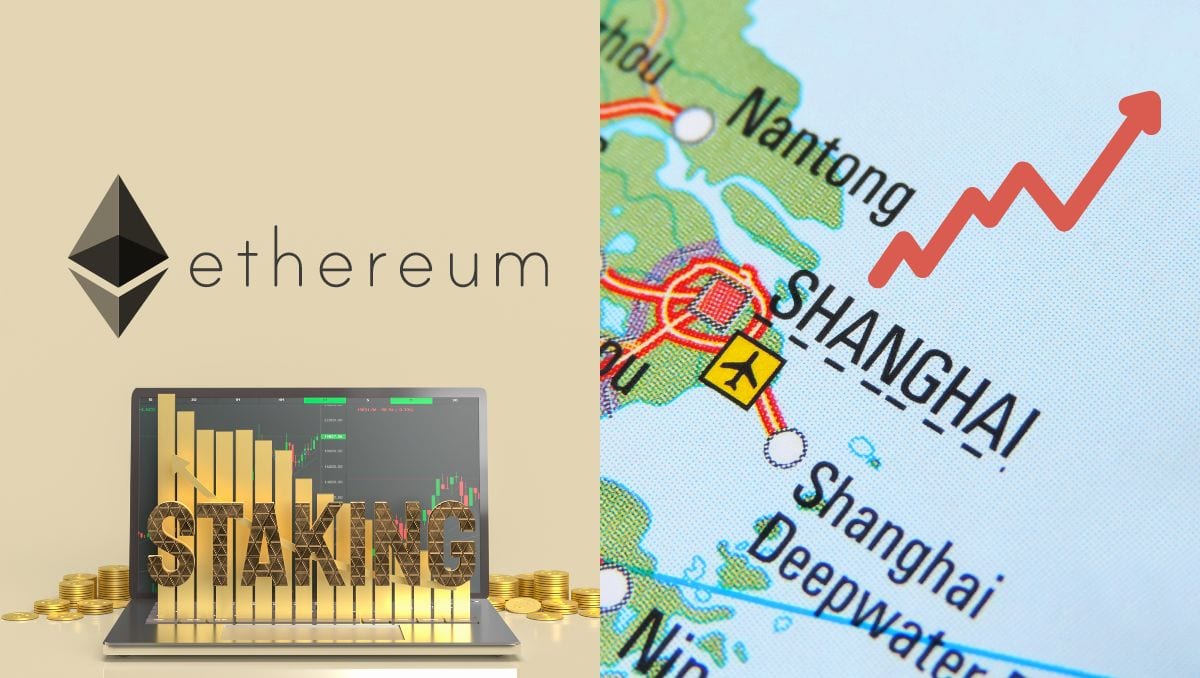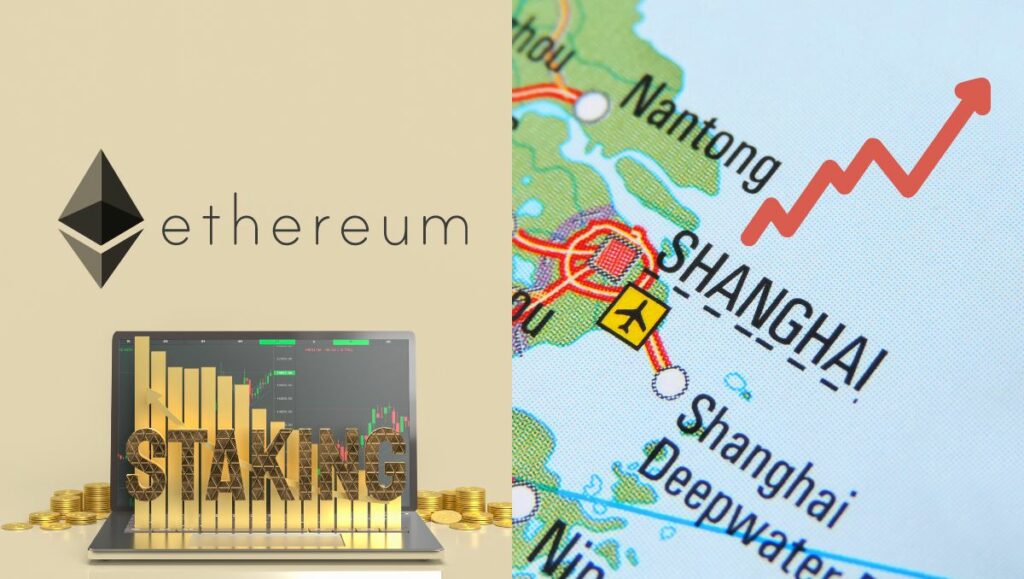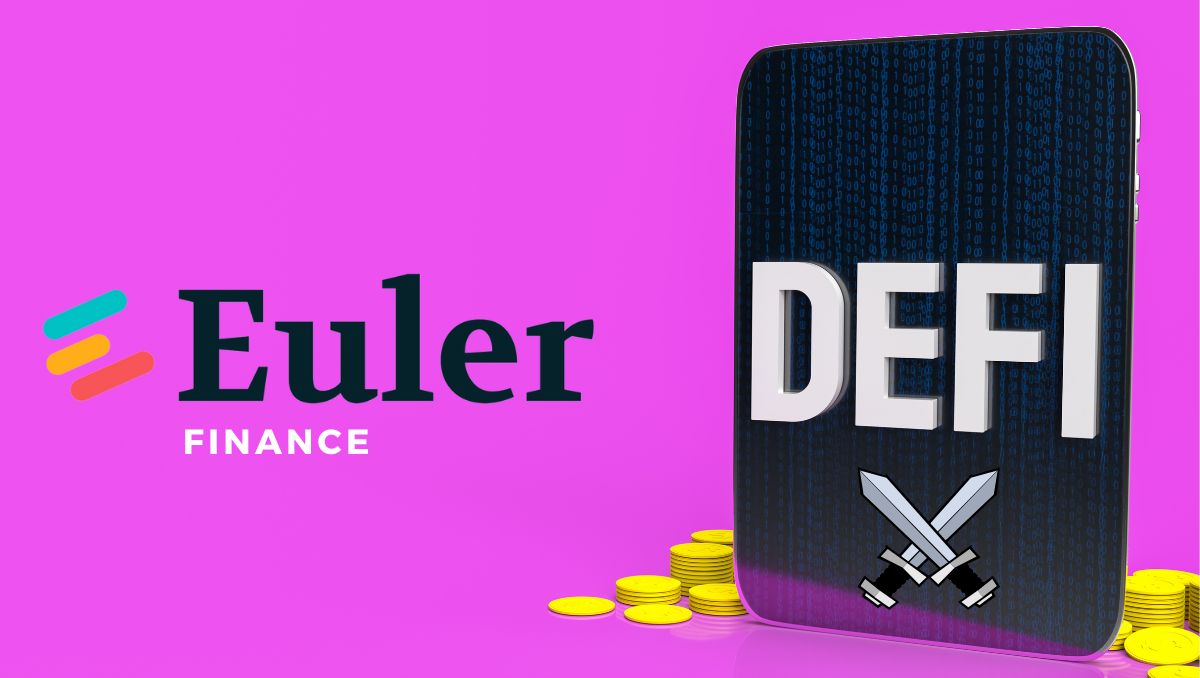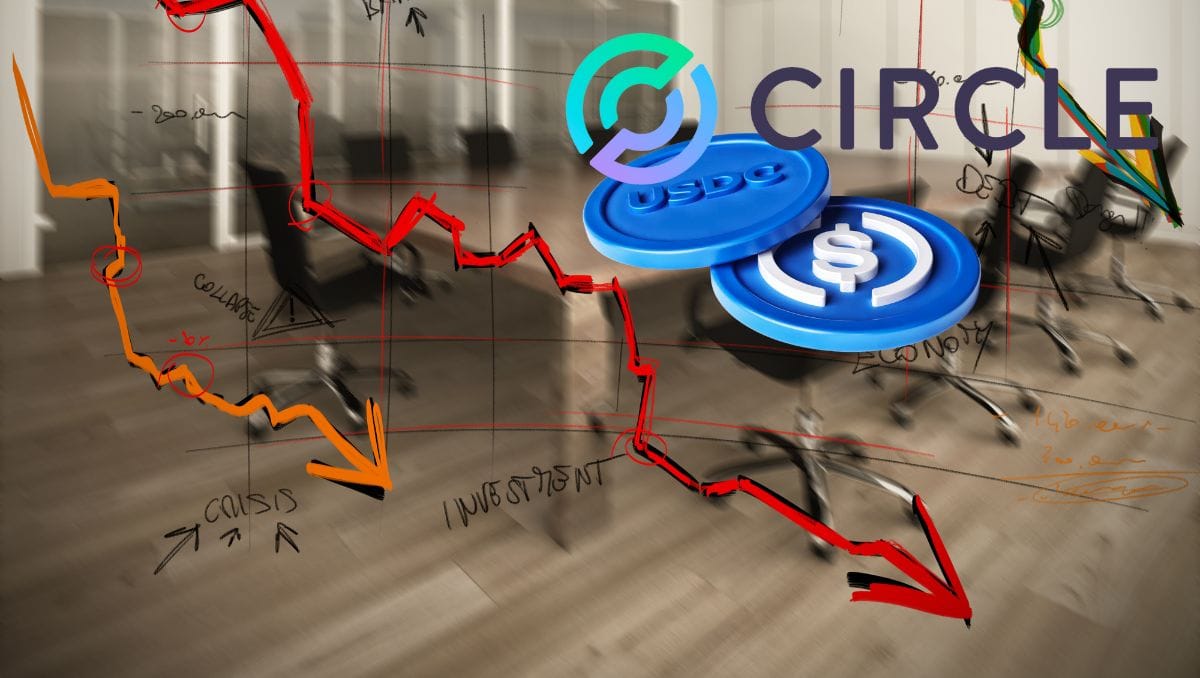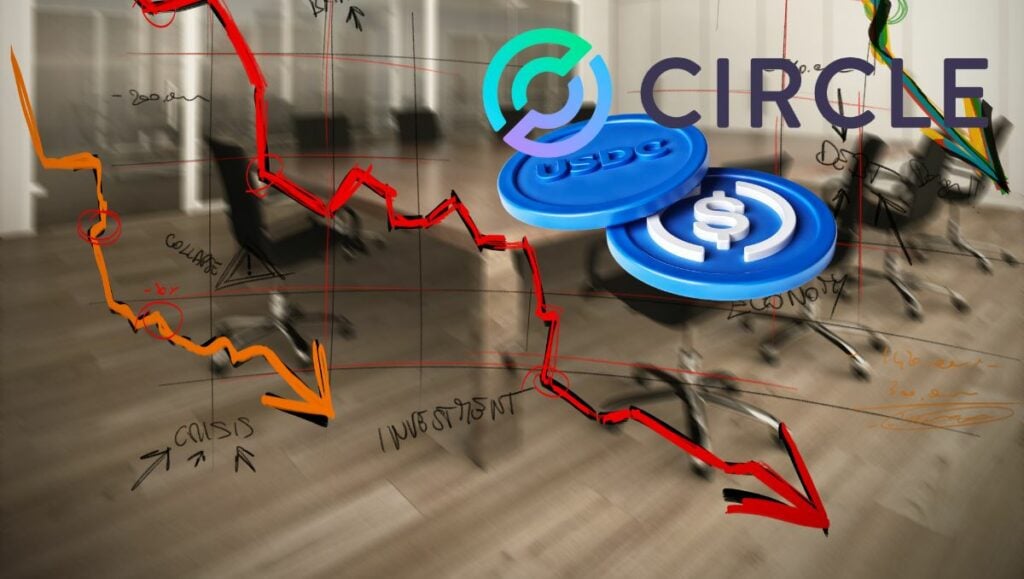SharDex is now live on Shardeum Liberty 2.X, and they have launched a million-point airdrop plan. Users can earn Share Points by inviting friends and completing simple tasks on their Crew3 page. These points will be translated to token rewards in the future. In this article, we will explain what SharDex is and what you can do to position yourself for the airdrop.
Use our invite link to sign up with their testnet (we each get Share Points)!
SharDex ($SDT) Airdrop Step-by-Step Guide
SharDex hinted at several ways you could get a token airdrop. Here’s how to get a potential $SDT airdrop:
- Enter SharDex Waitlist with Our Referral Link
- Claim SBT and Complete Crew3 Tasks
- Swap Tokens
- Stake $SDT in Pools
- Provide Liquidity and Stake LP Tokens
- Bridge Assets to Shardeum (For SBT Holders Only)
See below for more details.
What is SharDex?
SharDex is a new trading platform that has been launched on the Shardeum blockchain. It leverages Shardeum’s dynamic state sharding to provide users with the best possible on-chain trading experience for assets. The platform includes a range of asset management solutions, such as Bridge, Swap, NFT Marketplace, Launchpad, and DAO.
These features allow users to easily transfer assets from other chains to Shardeum, and exchange them for other assets in a secure, affordable, and user-friendly way. With SharDex, users can manage their assets more efficiently and take advantage of the benefits of decentralized trading.
Does SharDex have a Token?
Yes, SharDex’s ticker symbol is $SDT, as confirmed on their testnet. Please note that this is not to be confused with the Soul Bound Token (SBT), which is obtained by successfully referring 3 friends and serves as an admission ticket for their future Initial DEX Offering (IDO).
SharDex has also confirmed in its roadmap that there will be an $SDT airdrop in the future.
How to Receive $SDT Airdrop?
The best way to get the $SDT airdrop is to earn Share Points on the testnet and claim the Soul Bound Token (SBT). You can also use the testnet products (i.e. swaps, liquidity pool, bridge) to qualify for a potential snapshot. Here’s a step-by-step guide:
- Enter SharDex Waitlist with Our Referral Link
Use our invite link to enter the SharDex Waitlist (we each get Share Points)! Connect your MetaMask wallet and switch the network to Shardeum Liberty 2.X.
Afterwards, bind your Twitter and Discord accounts, and you will have your own referral link to invite friends for more Share Points. - Claim SBT and Complete Crew3 Tasks
After successfully referring 3 friends, you can claim your SBT and join the SharDex NFT Waitlist for the Genesis Airdrop. Additionally, you can complete their Crew3 tasks to earn more Share Points. They are very easy to complete.
- Swap Tokens
From this point on, it’s optional, but participating may increase your chances of being included in an airdrop if there are snapshot criteria for using the protocol.
Get some $SHM at faucet.liberty20.shardeum.org, and then you can swap tokens at testnet.shardex.org/swap. - Stake $SDT in Pools
Stake some testnet $SDT at testnet.shardex.org/pools. You can choose to stake manual SDT or Auto SDT, similar to the compounding features of PancakeSwap.
- Provide Liquidity and Stake LP Tokens
If you have at least 2 tokens, you can provide liquidity for certain trading pairs by depositing them at testnet.shardex.org/pool. After getting the LP tokens, you can stake them at testnet.shardex.org/farm to earn more $SDT.
- Bridge Assets to Shardeum (For SBT Holders Only)
Once you have your SBT, you can use their Bridge feature. You will need some $SHM to cover gas fees. As of now, there are five test coins to bridge between seven different testnets.
Airdrop Review
When reviewing an airdrop, there are several factors to consider. First, the likelihood the project will even do an airdrop in the first place. Then, to look at how many tokens the project intends to allocate towards airdrop campaigns, as well as the difficulty in participating in their airdrop. It is also important to look at the utility of the token so that there will be an actual use and purpose in participating in the airdrop in the first place. Finally, a factor to consider when reviewing an airdrop is whether the airdropped tokens are subject to any lockup period.
Likelihood of Airdrop: There will be an airdrop in the future, according to SharDex’s roadmap.
Airdropped Token Allocation: Token distribution information will be released soon.
Airdrop Difficulty: The tasks are straightforward and easy to complete. Simply connect your wallet to Shardeum Liberty 2.X, bind your Twitter and Discord accounts, and refer your friends using the invite link. You will earn Share Points for completing these tasks, which can be redeemed for token rewards in the future. Additionally, after successfully referring three friends, SharDex will automatically send an SBT to your wallet, which can be used as a ticket for future IDOs and airdrops.
Token Utility: SharDex has not yet published details of the utilities of $SDT, but it is likely that they will follow a similar model to other DEX protocols, including governance rights, fee discounts, yield farming, and listing fees.
Token Lockup: Tokenomics has not yet been published.



